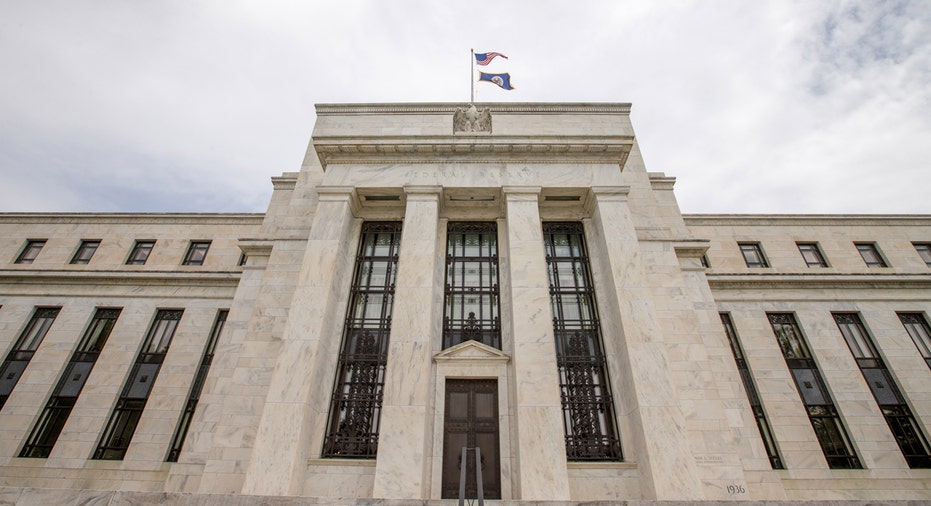Fed Sees Modest Inflation Pressures Amid Tight Labor Market

U.S. economic growth was “evenly split†between modest to moderate activity between mid-February and the end of March as labor markets across the Federal Reserve’s 12 districts remained “tight,†the central bank said on Wednesday.
In its anecdotal Beige Book report, the Fed noted the pickup in economic activity varied across certain regions as manufacturing held steady though freight shipments slowed, non-residential construction remained strong and energy-related businesses continued to improve.
Though tourism and travel generally showed a pick up during the reporting period, consumer spending fluctuated district by district amid strong vehicle sales but soft spending levels in other retail areas. The data jive with recent government reports that indicate retail sales have slowed from lofty levels in the first part of the year, but are somewhat conflicted with sentiment data that continue to show Americans remain, on average, upbeat about their economic prospects and feeling optimistic about their spending power.
As prices across the Fed’s districts rose modestly, employment expanded, indicating the labor market remains tight despite data that showed U.S. hiring in March hit its slowest pace in ten months while the unemployment rate unexpectedly dropped. Consistent with a tighter labor market, the Fed noted a larger number of firms reported they had more difficulty finding qualified workers and faced increased labor costs. They also forecasted labor demand to rise over the next six months alongside modest wage growth.
As it continues to eye two more rate rises before the end of the year, the Fed has paid close attention to continued tightening in the labor market and higher levels of inflation – components of its dual mandate from Congress. Though the labor market has made further progress toward the central bank’s goal, inflation continues to run below the 2% target. In February, the Labor Department said its core personal consumption expenditures index – the Fed’s preferred measure of inflation that strips out volatile food and energy prices – rose 1.8% on a year over year basis.
Minutes from the Fed’s policy-setting Federal Open Market Committee’s March meeting showed members expect to see a slower economic growth rate in the first quarter of 2017 from the final three months of last year as uncertainty remains around the prospect of fiscal stimulus measures – including tax reform and infrastructure spending – from President Donald Trump’s administration. Still, they view the risks to the economy as “roughly balanced†and “far less pronounced†than in the “recent past.â€
The Atlanta Federal Reserve Bank’s closely watched GDPNow tracker, which was updated on Tuesday, shows an expected annualized 1Q growth rate of just 0.5%. The model has been revised lower in recent weeks after a slew of lackluster economic data reports including the Labor Department’s consumer price index update, surveys of manufacturing activity, the jobs report, and industrial production – which was released this week.